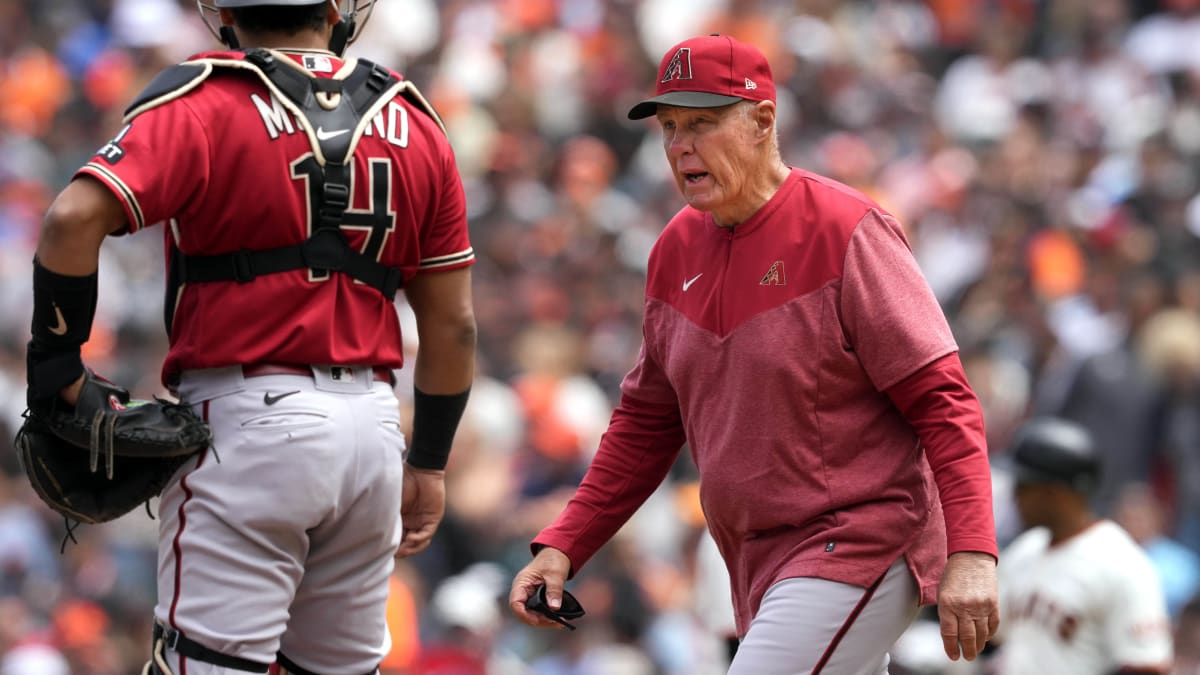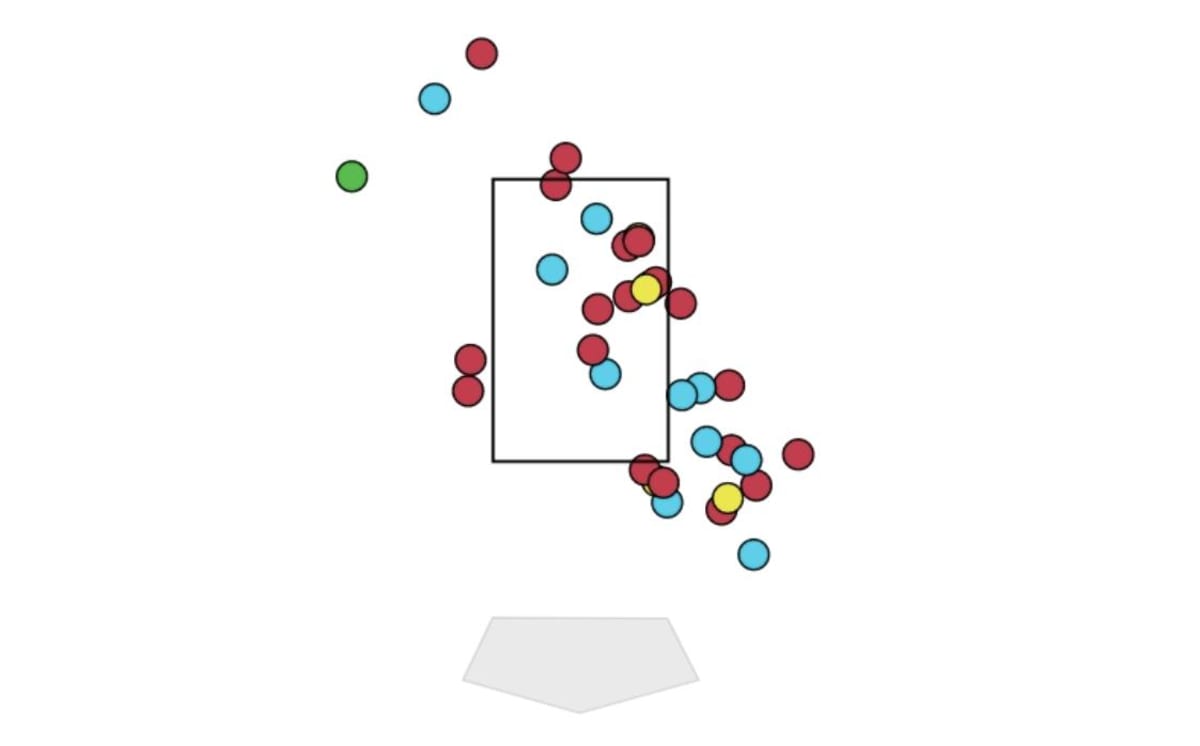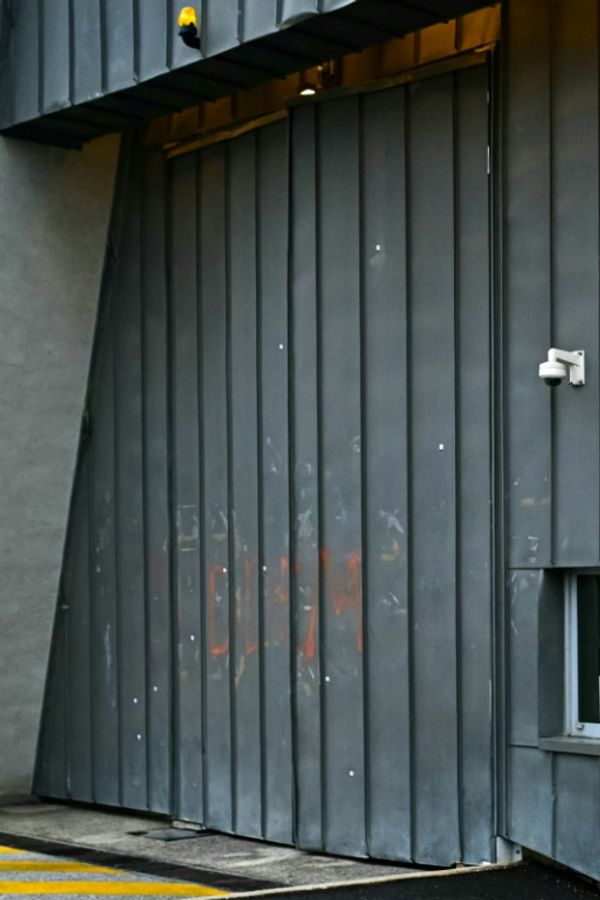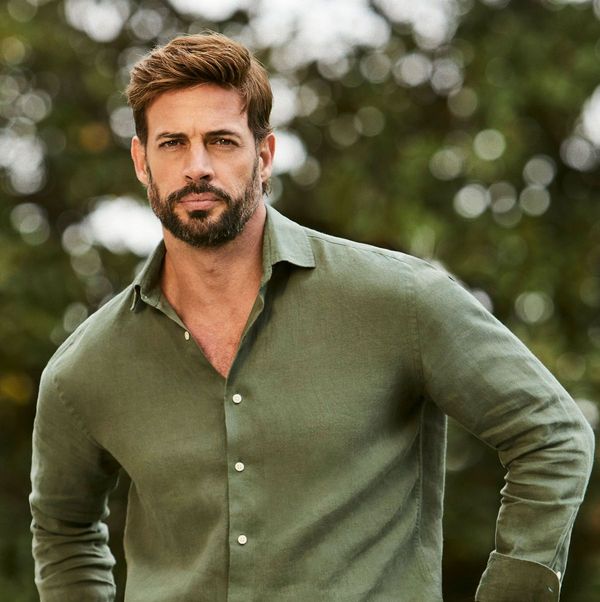Despite our love of narrative—remember Marco “Blockbuster” Scutaro?—stars generally come up the biggest in the LCS. Over the past six years, LCS MVPs have included Bryce Harper, Yordan Alvarez, Corey Seager, José Altuve and Justin Verlander, all of whom get another shot this year. But don’t discount the subtle influences that can turn a series.
In the NLCS last year, for instance, Phillies manager Rob Thomson called on Ranger Suárez as a starter and two days later as his closer in the clincher.
Like Suárez, most x-factors in postseason series emerge without warning. But based on the matchups, here is a stab at identifying the x-factors for each team heading into the LCS:
Phillies: Kevin Long, hitting coach.
One of the best in the business, Long added Brandon Marsh and Nick Castellanos to his lengthy list of hitters he made better with mechanical changes. But his genius also is in game preparation. If it looks to you over these past two postseasons that Philadelphia’s hitters seem to be one step ahead of the pitchers, that’s not an accident.
Look what the Phillies did to Braves ace Spencer Strider, who essentially is a two-pitch pitcher except for the occasional changeup. In the NLDS the Phillies hit .500 against Strider’s first pitches, including three homers off sliders (Castellanos, Trea Turner and Harper). Strider had allowed one homer on 265 first-pitch sliders all year. The Phils’ five first-pitch hits off Strider all were crushed at 103 mph or more.
Give Philadelphia time to bone up on playoff opponents and it can ambush pitchers with the best of them. It is hitting .400 and slugging .920 (an MLB high) on first pitches this postseason.
Last postseason? Same deal. The Phillies hit .391 and slugged .813 on first pitches, also the best in MLB among teams that played more than two games.
Keep an eye on how the Phillies approach Zac Gallen. The Diamondbacks’ ace gave up the most first-pitch hits this year (43) and the fourth-highest first-pitch batting average among qualified pitchers (.406). Strider had the highest such average (.429).

Darren Yamashita/USA TODAY Sports
Diamondbacks: Brent Strom, pitching coach.
Pay attention to the tense moments when Strom goes to the mound. He does all the talking, often forcefully. The veteran pitching coach, who turns 75 Saturday, has a young catcher and a pitching staff loaded with guys without a ton of postseason experience.
Strom arrived in Arizona in 2022 after working his magic with the Astros. Over his two seasons with Arizona, the D-Backs’ bullpen, while still not elite, has improved dramatically:
Arizona Bullpen
| W-L | ERA | MLB Rank | |
|---|---|---|---|
2021 |
22-41 |
5.08 |
28th |
2022 |
30-41 |
4.58 |
25th |
2023 |
38-27 |
4.22 |
18th |
Arizona’s bullpen has a 1.77 ERA this postseason. Strom is a master at game-planning against the opposing team’s best hitter and at those timely mound visits.
He and Arizona will be severely tested in this round. The Phillies have a much deeper lineup than the Dodgers and a seven-game series with two off days is a better test of the depth of the Arizona bullpen than was the ALDS.
Rangers: Mitch Garver, DH
This may be a very specific lane, but Garver is one of the best right-on-right sluggers when it comes to crushing four-seamers:
Highest SLG by RH Hitters vs. RH Four-Seamers
1. Marcell Ozuna, Braves |
.796 |
2. Chas McCormick, Astros |
.794 |
3. José Altuve, Astros |
.785 |
4. Aaron Judge, Yankees |
.741 |
5. Mitch Garver, Rangers |
.727 |
Rangers manager Bruce Bochy started Robbie Grossman over Garver for his team’s first three postseason games. Finally given a chance, Garver promptly hit a grand slam off…you got it, a right-on-right four-seamer (from Jacob Webb).
Garver must start Game 1 against Verlander because you are doing the Astros’ ace a favor if you stack the lineup with lefties. Verlander is a reverse-split pitcher, with an OPS 120 points higher against righthanders:
Verlander Platoon Splits, 2023 Regular Season
| Avg. | SLG | OPS | |
|---|---|---|---|
Vs. RHB |
.237 |
.410 |
.706 |
Vs. LHB |
.214 |
.320 |
.584 |
Why is that? He throws more breaking pitches to lefties, and those pitches play better against them. But his fastball is another reason for the reverse split:
Slugging vs. Verlander Fastball, 2023
Righthanded Hitters |
.463 |
Lefthanded Hitters |
.366 |
Verlander tends to leave his fastball more to glove side than arm side, which allows righthanders to look out over the plate with little concern about the inside. Here are all his pitches to righthanded hitters in the ALDS; notice the open area inside:

Garver’s swing path matches up well against Verlander and Cristian Javier, both of whom have elite rides on their four-seamers. Javier, however, is not a reverse-split guy. Righthanded hitters hit .166 against his fastball.
Astros: Martin Maldonado, catcher.
Former Astro Carlos Correa called Maldonado a difference-maker in the ALDS, noting how Maldonado pitched away from each hitter’s expected slug and had his pitchers work “backward” (i.e., breaking pitches in fastball counts.)
Overall, postseason baseball means more fastballs (51.1%, not including cutters) than regular season baseball (47.6%). That’s mostly because managers go early and often to high-velocity relievers.
Not the Astros. With Maldonado calling pitches and pitchers faithfully following his lead, the Astros throw fewer fastballs in the postseason.
Fastballs by Houston Pitchers
| Regular Season | Postseason | |
|---|---|---|
2023 |
54% |
48% |
2022 |
58% |
50%* |
Maldonado goes more to spin and off-speed in the postseason. The Twins hit .179 against all those non-fastballs.
Maldonado also is adept at slowing the game down with mound visits, working the umpires, blocking pitches and being the occasional pest on offense, such as dropping a bunt, popping the occasional homer and, if need be, starting a World Series-winning rally by standing on the plate with the express purpose to get hit by a pitch (Zack Wheeler).







